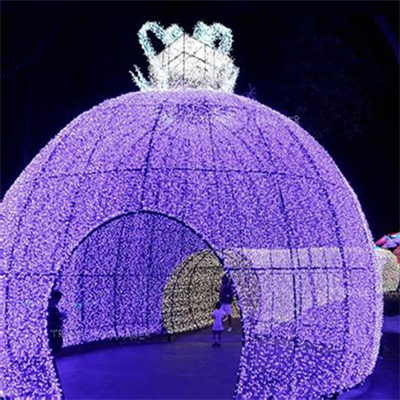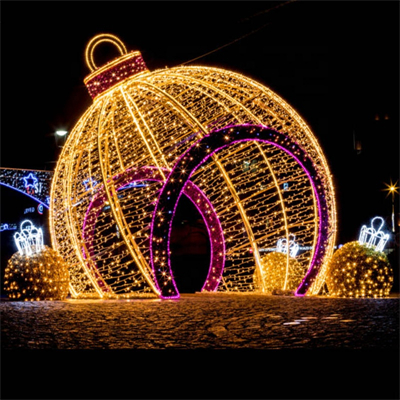LED is a commonly used light-emitting device, which emits light through the recombination of electrons and holes to release energy. It is widely used in the field of lighting. Made of compounds containing gallium, arsenic, phosphorus, nitrogen, etc. Used as indicator light in circuits and instruments, or composed of text or digital display. Gallium arsenide diodes emit red light, gallium phosphide diodes emit green light, silicon carbide diodes emit yellow light, and gallium nitride diodes emit blue light. Due to chemical properties, it is divided into organic light-emitting diode OLED and inorganic light-emitting diode LED.
LED appeared as early as 1962. In the early days, only low-intensity red light could be emitted. Later, other monochromatic versions were developed. The light that can be emitted today has spread to visible light, infrared light and ultraviolet light. The luminosity has also increased to a considerable luminosity. And the purpose is also as indicator light, display board, etc. from the beginning. With the continuous advancement of technology, LEDs have been widely used in displays and lighting.
LEDs can efficiently convert electrical energy into light energy and have a wide range of uses in modern society. Such as lighting, flat panel displays, medical devices, etc. LED lights use solid semiconductor chips as luminescent materials. Compared with traditional lamps, LED lamps are energy-saving, environmentally friendly, good in color rendering and response speed.
























